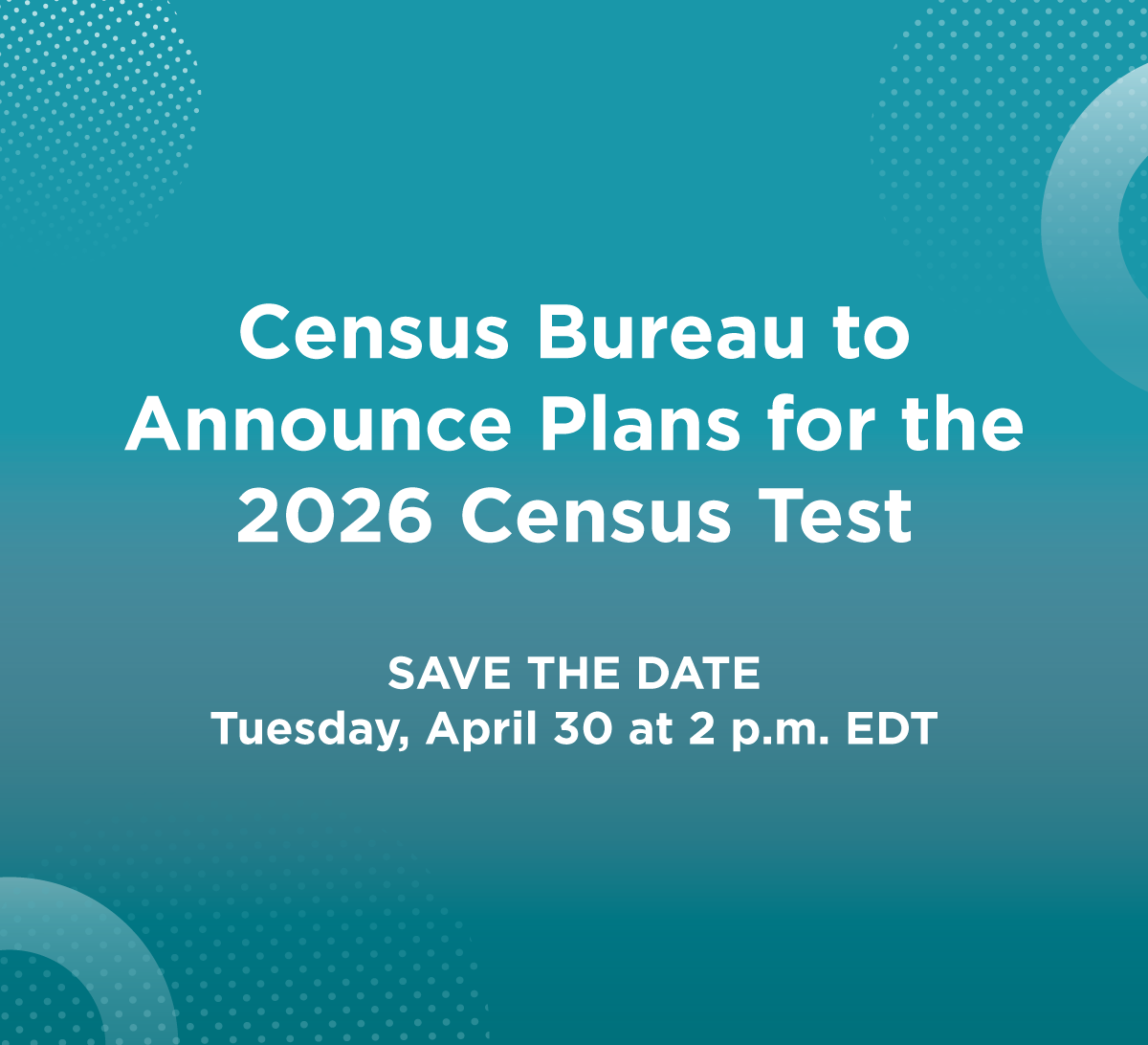
An official website of the United States government
Here’s how you know
Official websites use .gov
A .gov website belongs to an official government organization in the United States.
Secure .gov websites use HTTPS
A lock (
) or https:// means you’ve safely connected to the .gov website. Share sensitive information only on official, secure websites.
-
//
- Census.gov /
- Newsroom /
- 2014 Press Releases /
- Federal, State and Local Government Employment Down from Previous Year
Federal, State and Local Government Employment Down from Previous Year to 22 Million Jobs in 2012
For Immediate Release: Thursday, March 06, 2014
Federal, State and Local Government Employment Down from Previous Year to 22 Million Jobs in 2012
There were 22.0 million total federal, state and local government employees in the U.S. in March 2012 (including part-time employees), down 115,733 or 0.5 percent from March 2011, according to a report released today by the U.S. Census Bureau. The number of federal government employees declined 2.2 percent from 2011 to 2.8 million in 2012, and the number of state government employees declined 0.5 percent from 2011 to 5.3 million in 2012. There were 14.0 million local government employees in 2012, which is not a statistically significant change from 2011.
These numbers come from the 2012 Census of Governments: Employment data, which provides a comprehensive look at the employment of the nation's more than 90,000 state and local governments, as well as the federal government. The Census of Governments: Employment and its counterpart (the Annual Survey of Public Employment & Payroll) are the only data sources that specify employment by government function for state and local governments; some of these functions include transit, solid waste management and parks and recreation. It shows the number of government civilian employees and their gross payrolls by government function for the month of March.
State and Local Government Employees
In March 2012, there were 16.2 million full-time equivalent employees working for state and local governments in the U.S. Full-time equivalent is equal to the number of full-time employees added to the number of hours worked by part-time employees divided by the standard number of hours for a full-time employee (which varies from government to government). The majority of these state and local government full-time equivalent employees (8.8 million) worked in education, followed by those working in hospitals (1.0 million), and police protection (0.9 million)
Looking back to the previous census, the number of full-time equivalent state and local government employees decreased 1.3 percent from the 2007 Census of Governments to 16.2 million in the 2012 Census of Governments. According to statistics released today, 26 states and the District of Columbia experienced declines in the number of state and local government full-time equivalent employees since the 2007 Census of Governments, with 24 states experiencing increases from 2007.
Michigan had the largest percentage decline in state and local government full-time equivalent employment between 2007 and 2012 (8.9 percent), followed by Rhode Island (8.4 percent), New Mexico (7.4 percent) and Nevada (6.5 percent). Conversely, Utah had the largest increase (8.8 percent), followed by North Dakota (7.7 percent), Wyoming (7.2 percent) and Alaska (6.5 percent).
About the 2012 Census of Governments
In 2012, the Census Bureau conducted a census of governments, canvassing all state and local governments to compile the data in the tables. This census is done every five years. In other years, the Annual Survey of Public Employment & Payroll canvasses all state governments and a sample of the local government universe from the previous census of governments to conduct the survey. Local governments include counties, cities, townships, special districts and school districts. Local government data are available for county areas in the Census of Governments; these data are only available by state in non-census years.
-X-
Data from the 2012 Census of Governments: Employment and past years are available on the Internet in viewable and downloadable files at <//www.census.gov/govs/apes/>.
The 2007 and 2012 data in these tables are from a census of governments; therefore, they are not subject to sampling variability but are subject to response and processing errors as well as errors of item nonresponse. The 2011 data are from a sample survey and are subject to sampling error.
For more information on the data limitations, definitions and methodology, see <//www.census.gov/govs/apes/how_data_collected.html>.
Share
Contact
Robert Bernstein
Public Information Office
301-763-3030
pio@census.gov
 Yes
Yes
 No
NoComments or suggestions?


Top

